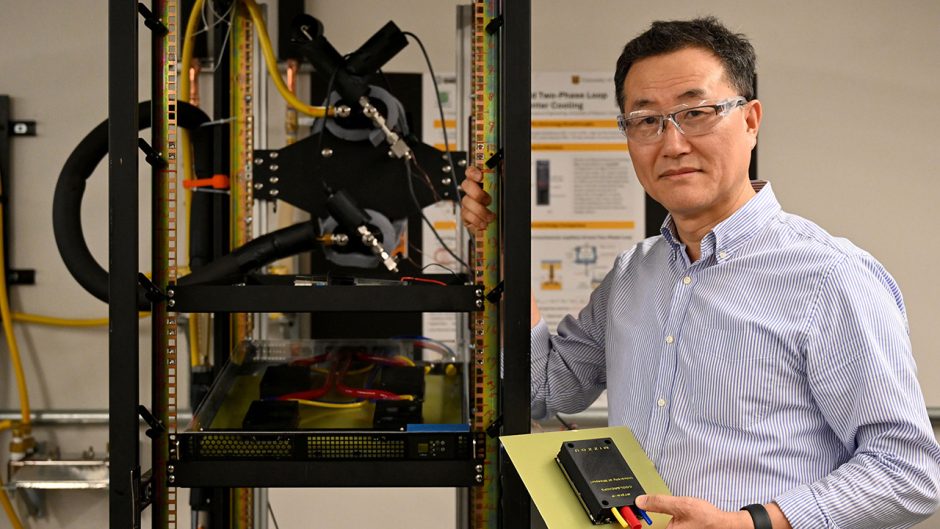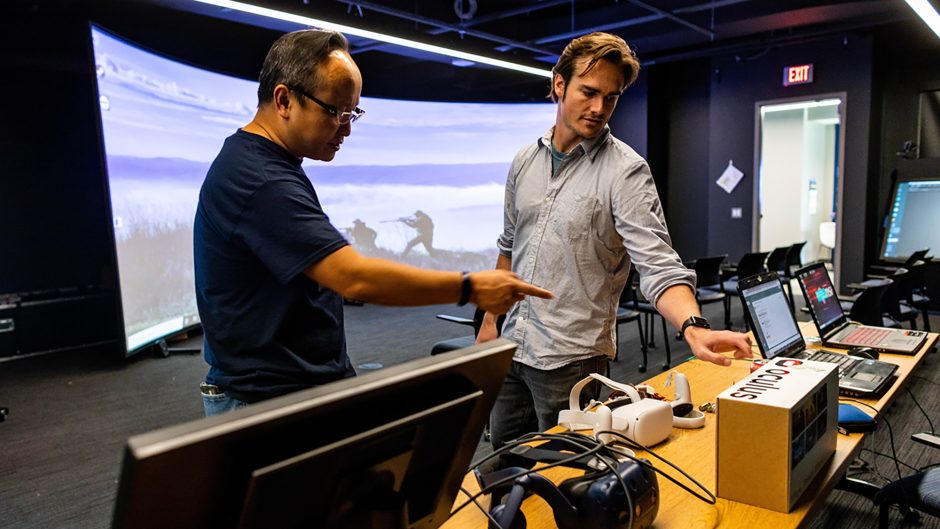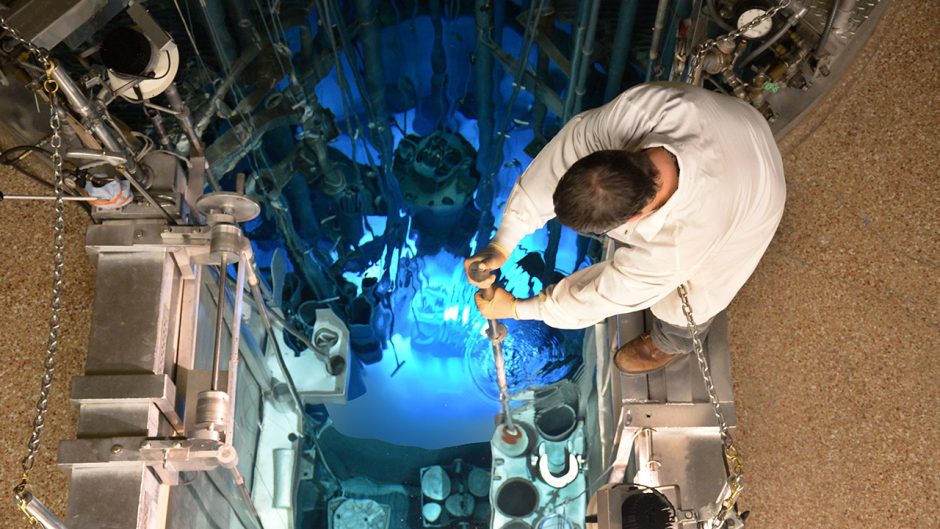Jan. 6, 2021
As you traveled this past holiday season, you likely found yourself on long stretches of highway — passing through multiple work zones. University of Missouri College of Engineering researchers are looking into these areas to better understand the materials being used to temporarily direct drivers.
Henry Brown, a research engineer, and Praveen Edara, chair and professor of civil and environment engineering, recently released their findings in a synthesis published by the National Academies of Sciences, Engineering and Medicine.
This first-of-its-kind research is critical to helping departments of transportation (DOTs) understand best practices as they make decisions around work zones, Edara said.
“This is a matter of safety,” he said. “It’s about safety for the people who are working in construction zones and are at high risk of working next to high-speed traffic. And it’s about motorist safety. To navigate through a work zone, you need proper lane markings, otherwise you’re putting drivers at risk in unusual conditions. It’s already a stressful environment, so if you’re not helping them navigate, you’re increasing the risk of a crash.”
The 323-page book outlines what every state DOT is doing around temporary pavement markings and removal practices in work zones, including both cases that were successful and ones that weren’t.
“The goal is to see what states are doing and summarize the state of existing practices,” Brown said. “One key takeaway is that states have their preferences for what types of markings they use and methods to remove markings. And different conditions may dictate what type of marking they use, such as climate and duration of the work zone.”
The publication has been shared with DOTs in all 50 states and is available online. Brown is hopeful the document will help transportation officials get a better idea of what has or hasn’t worked for other states.
“Whatever we can do to bring down the crashes that happen in work zones, be it worker or driver-related injuries or fatalities, it’s a win for every DOT and just for society in general,” Edara said.





